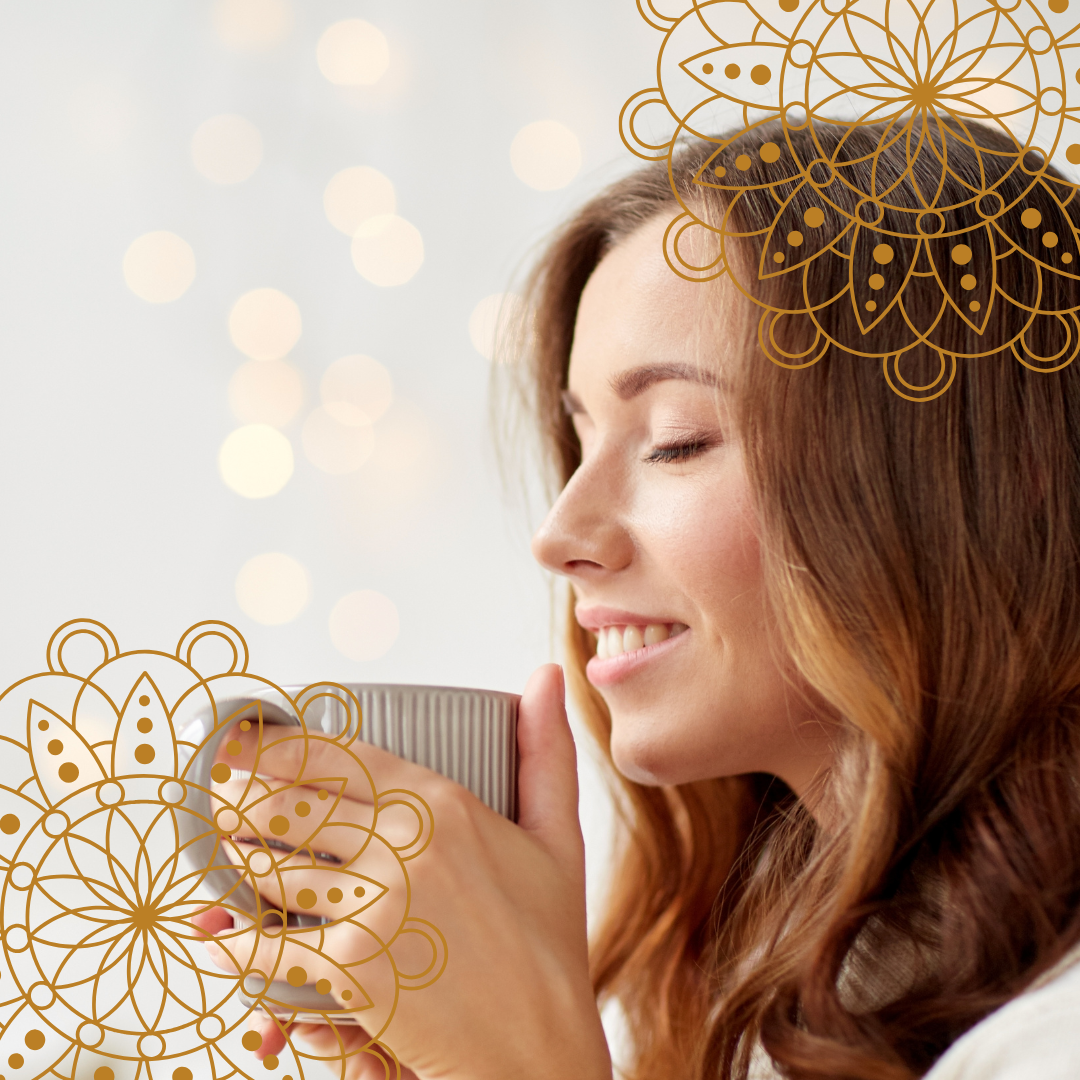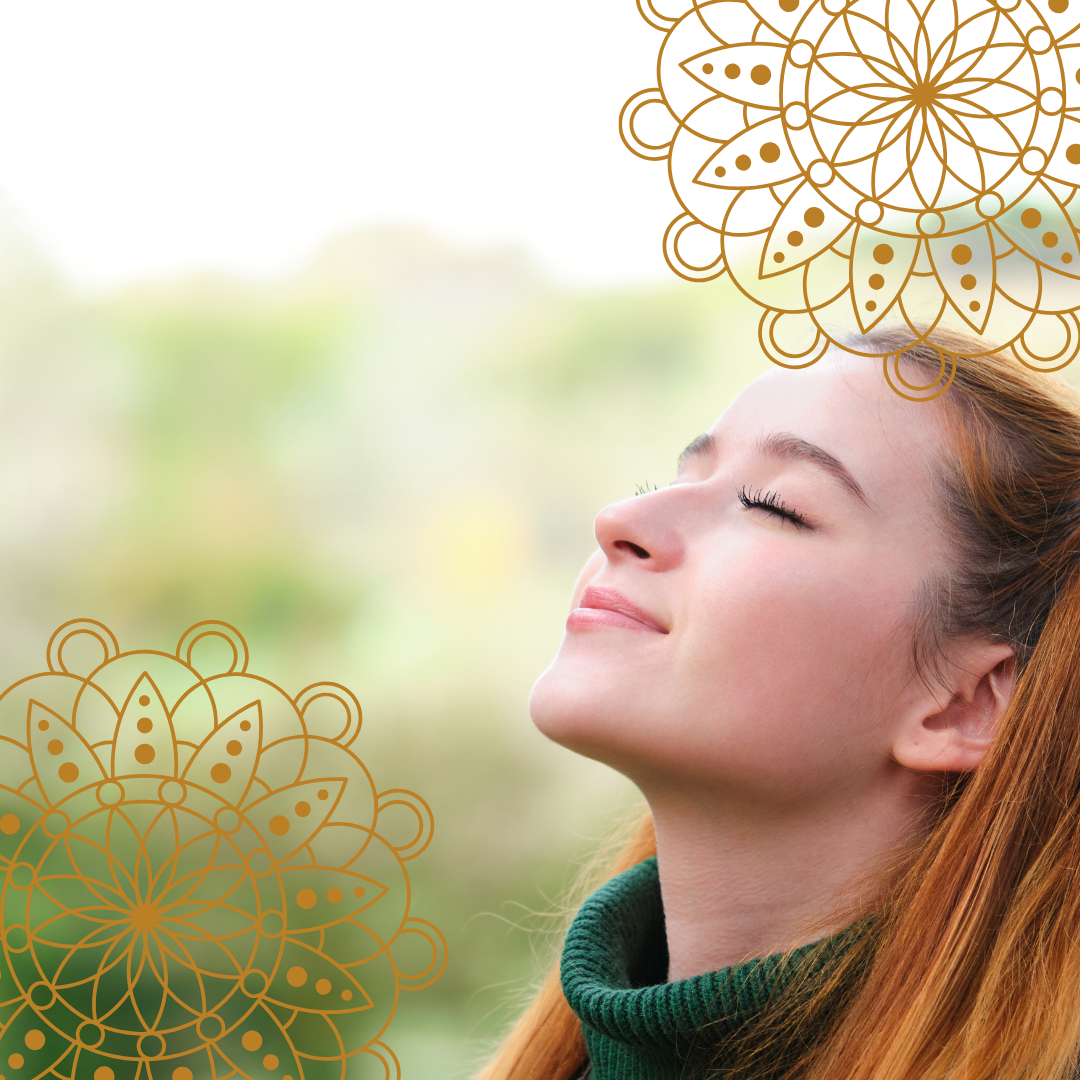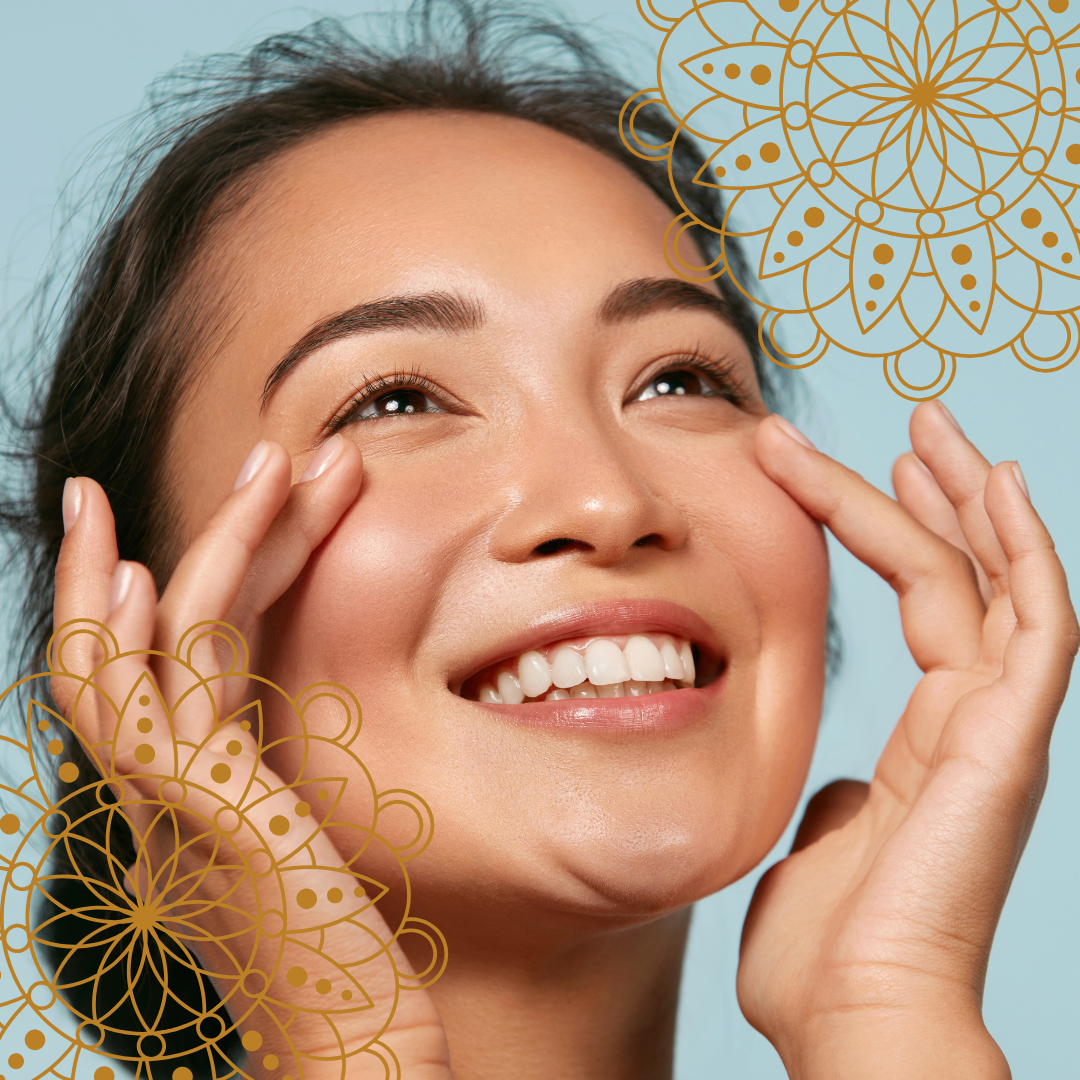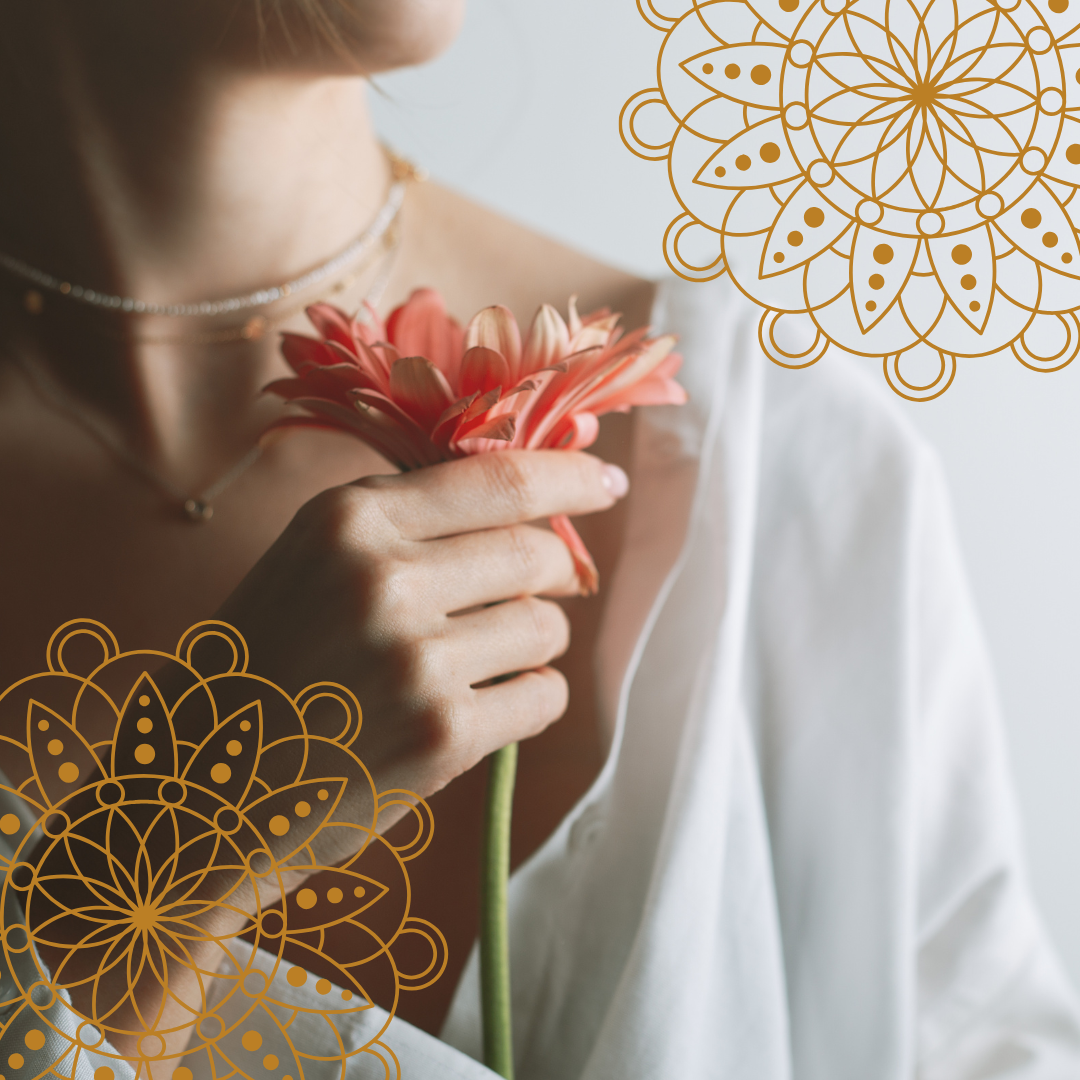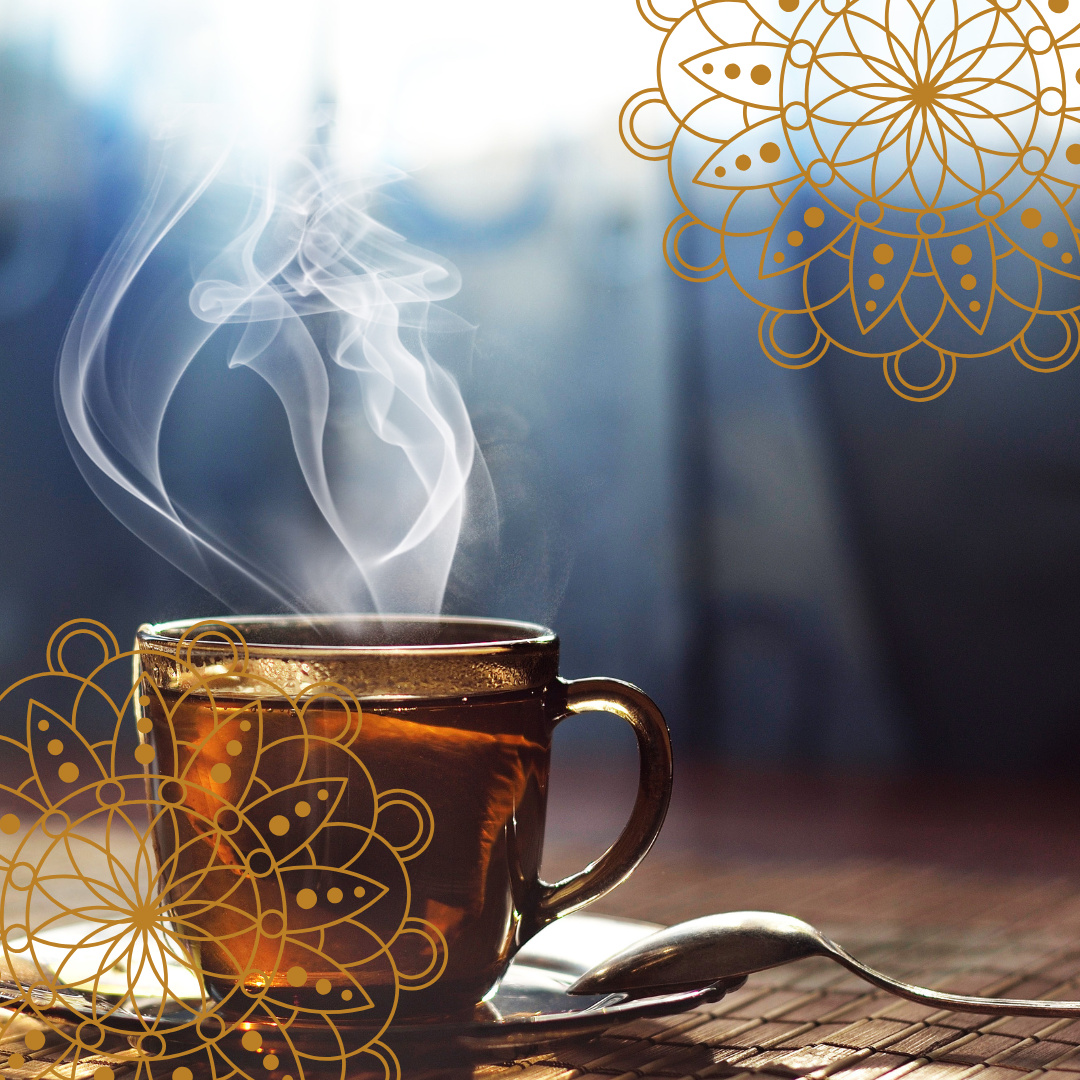Spa Review: Ayurveda Pura, Greenwich
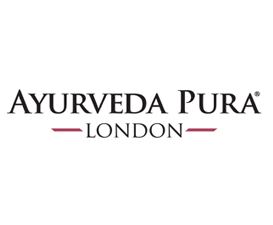
I’ve long been curious about the Ayurvedic approach to health. It seems I’m not alone; the ancient holistic medical system originating in India has come to the fore of late thanks to mounting interest in the core principle: to treat the root cause of disease rather than just the symptoms.
This approach is growing in popularity as the inadequacies of the Western attitude towards health become apparent. As a society that is increasingly more keen on food and cosmetics that are as unadulterated as possible, we’ve also started to acknowledge the challenges of treating an illness without looking at the human holistically and, most vitally, looking after oneself before becoming ill.
Case in point: my father had a kidney transplant last year. The operation was a success and highlighted the marvel that is modern medicine. However, while he is now medicated to keep his body from rejecting the kidney my brother very kindly donated, some of this medication has undermined his health in other ways. His GP and nephrologist constantly cross swords and are currently at loggerheads as to which medicine will effectively treat his high cholesterol without affecting his kidneys. With each new adjustment, a new pill is needed to treat whatever imbalance has been created.
The 5000-year-old Ayurvedic approach couldn’t be further removed – while treating kidney failure with massage, supplements and lifestyle habits may be impossible (though Ayurvedic hospitals are well integrated into the Indian National health care system and treat a wide range of illnesses), it is also important to note that the point of Ayurveda is not to simply ameliorate pain or cut rotten parts of the body out, but to bring the body into balance and therefore avoid disease.
In the quest to find out more, I headed to Ayurveda Pura in Greenwich to try a Ayurvedic Body Treatment called Abhyanga. My visit started with an introduction to Ayurveda (which I would thoroughly recommend for newbies). Here are some of the tenets:
– Ayurveda considers everything in the universe, including human beings, to be composed of five basic elements: space, air, fire, water and earth. These five elements in turn combine with each other to give rise to three Doshas: Vata (air and space), Pitta (fire and water) and Kapha (water and earth).
– Once your dominant dosha has been identified, an Ayurveda practitioner seeks the nature of your imbalance and helps to redress your system through: herbal remedies, massages, nutritional advice, meditation, lifestyle adjustments and yoga. The idea is not to promote a dosha that you weren’t conceived or born with, but to instead restore you to your natural balance.
– Agni (meaning digestive fire) is key in Ayurveda (practitioners often espouse the idea that you are as old as your Agni). It is believed that a person’s lifespan, immunity, energy, metabolism, complexion and vitality are all determined by the heat and strength of the Agni. Promoting it is a key Ayurvedic principle.
– Ama (meaning undigested food/toxins) is the result of poor Agni. The idea that sticky, toxic Ama accumulates when undigested and unabsorbed food particles sit in the gastrointestinal system, in turn leading to disease, governs much of the food-related advice given in Ayurveda. For example, if you feel sluggish due to poor Agni, drinking ginger, cinnamon and fennel is advised to help the passage of waste product through the body.
My dominant doshas were, unsurprisingly, Pitta and Kapha (with an imbalance in my Vata) so I was advised to have a massage that focussed on long, flowing strokes to rebalance my fiery constitution.
The massage differs from the more common Swedish, Thai or Deep Tissue – instead of working on muscles in groups, the whole body is stroked in oils. While extremely relaxing, I’d caution anyone who is shy before booking – effectively you lie nude for the duration of the massage.
As I am quite used to nudity in the name of research, this didn’t put me off and I really enjoyed the sensation. The oils used are from the Holistic Essentials range – all the products are SLS, perfume and paraben-free, as well as being handmade in the UK and entirely comestible (the Ayurvedic rule to not ‘put anything on your skin that you cannot put on your tongue’ is strictly adhered to in all the formulas).
I went home with some Holistic Essentials goodies, baby soft skin thanks to the oils, a relaxed mind as a result of the massage and a resolve to dedicate more time to my own holistic health. Not too shabby for a two hour window in my day and certainly something I’d recommend if you, like me, are interested in holistic practices.


